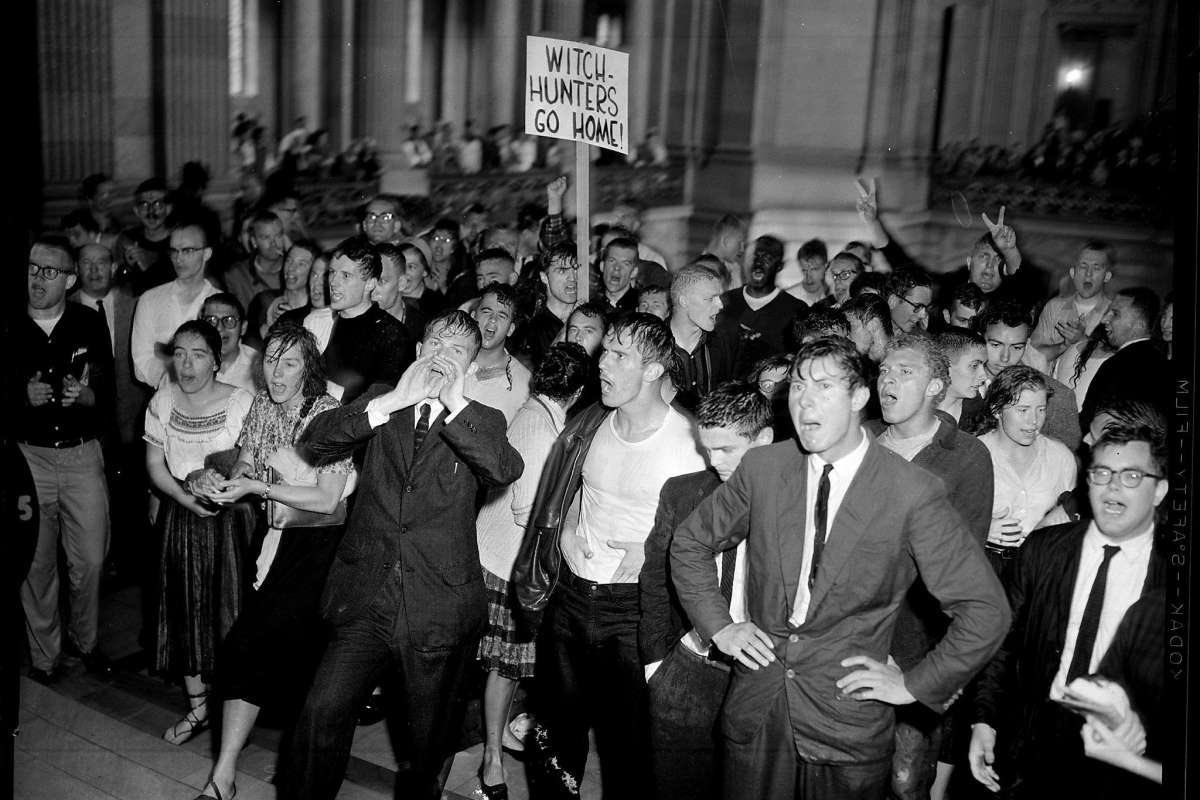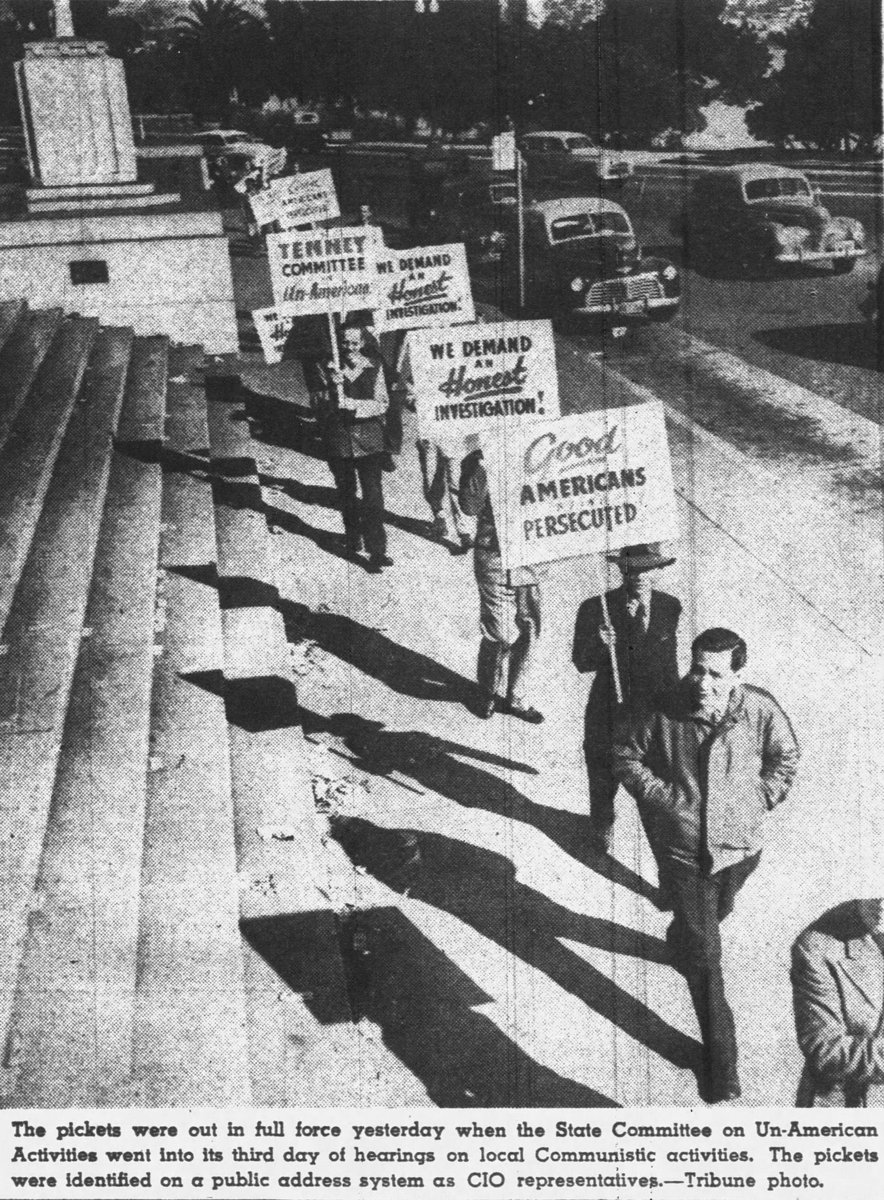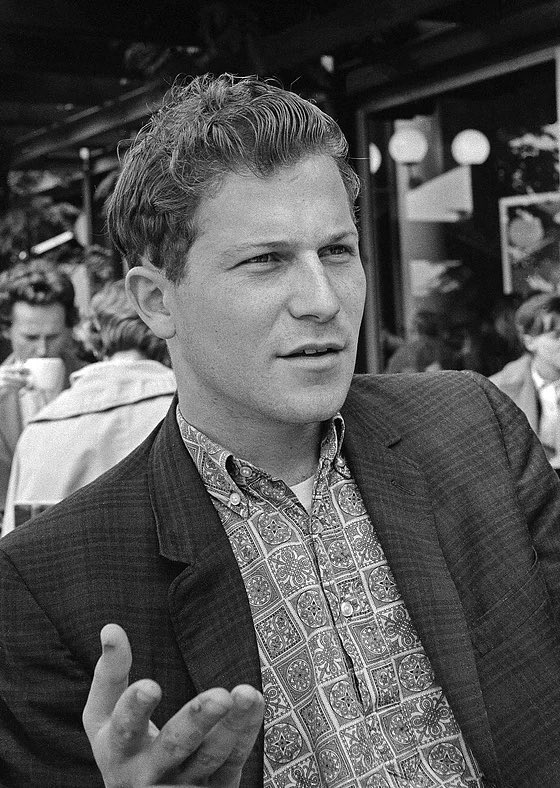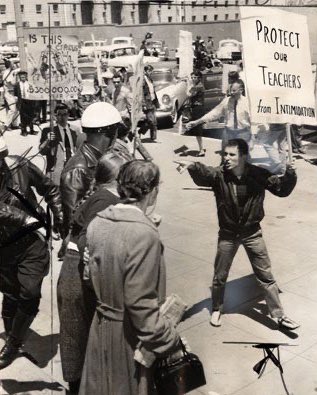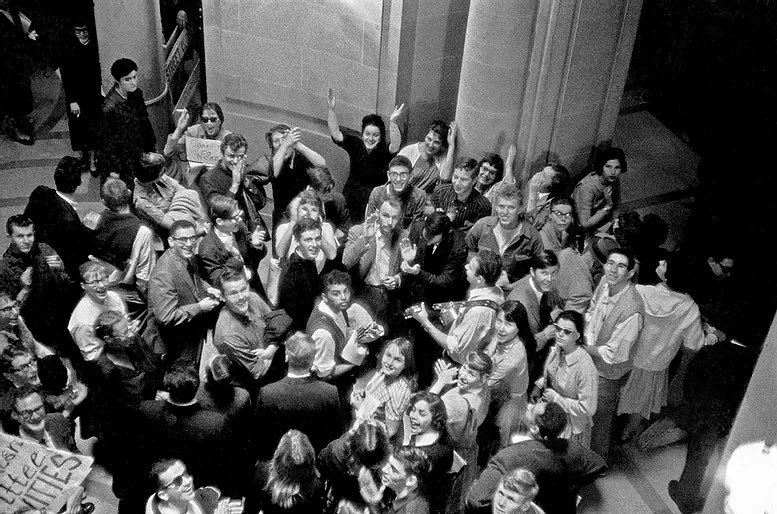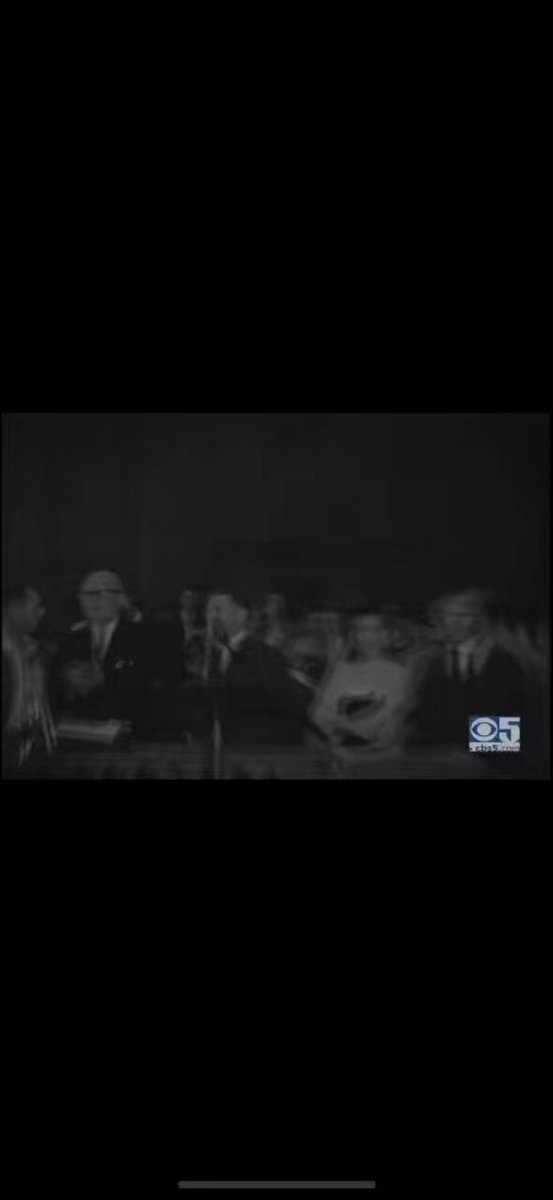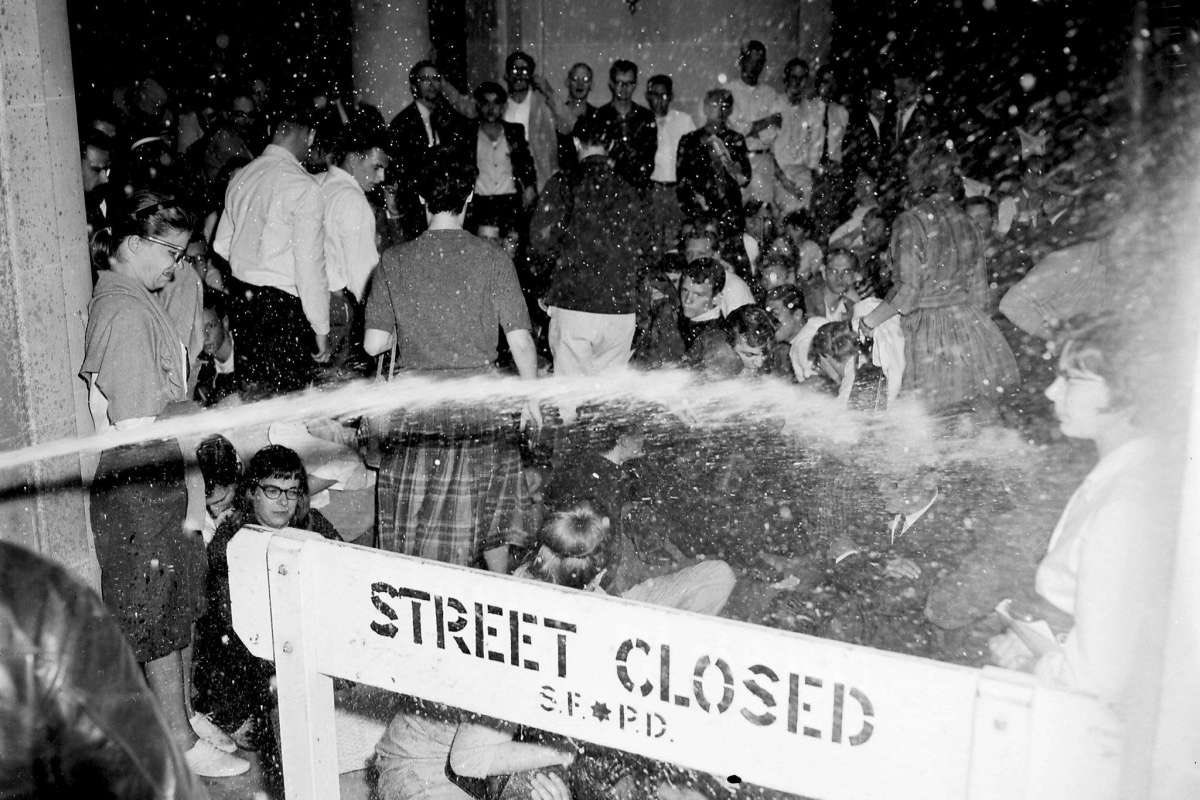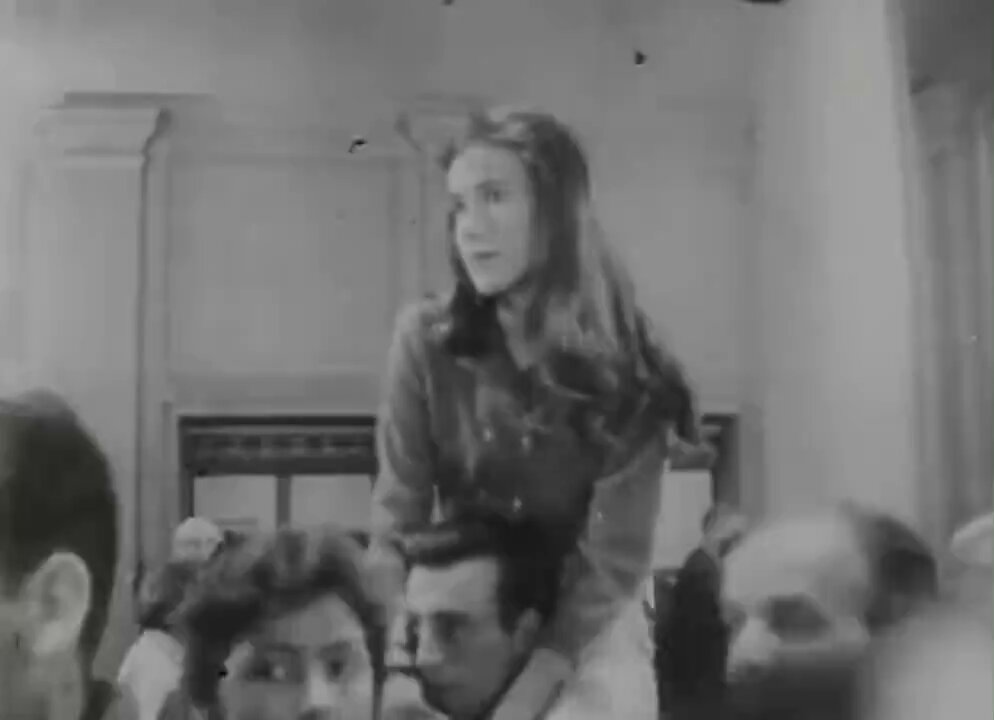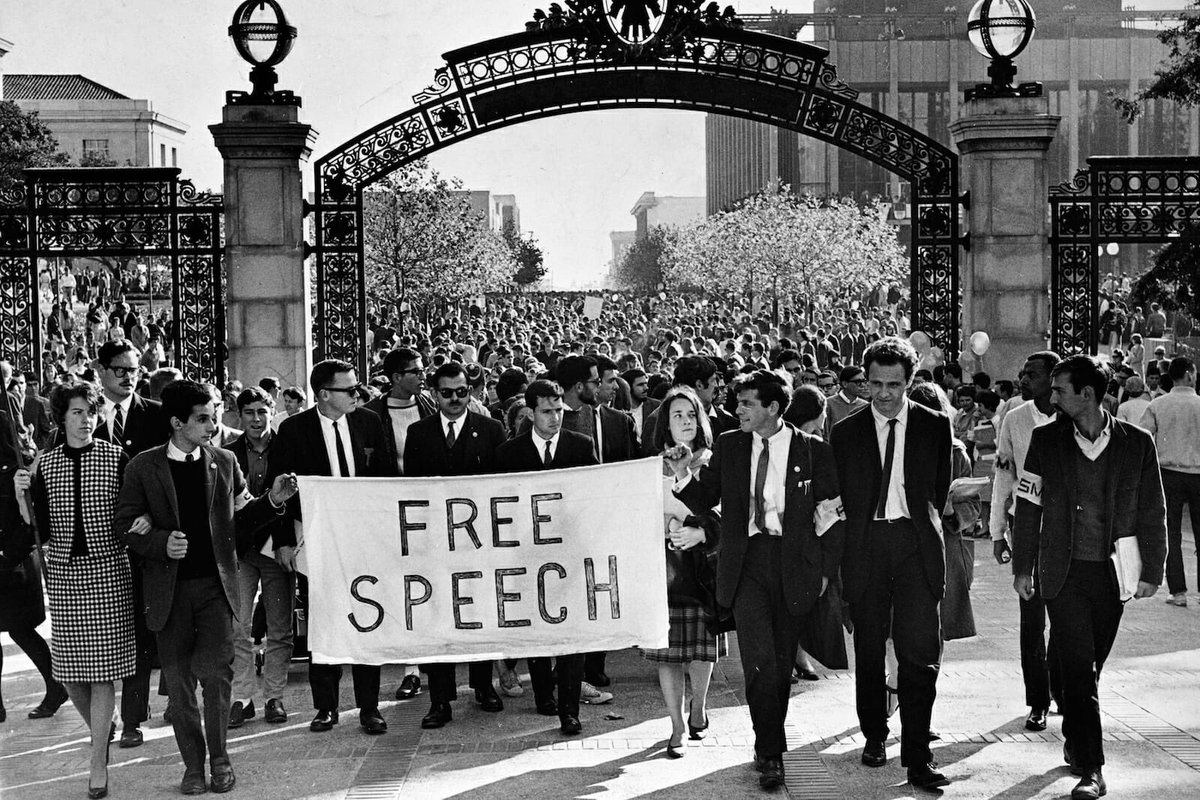May 14, 1960: 64 years ago, May 13 1960, hundreds of students battled cops on the steps [...]
64 years ago, May 13 1960, hundreds of students battled cops on the steps of City Hall during the House Un-American Activities Committee (HUAC) hearings on “communist subversion” in San Francisco. The protest against HUAC marked the beginning of a new student movement in the Bay
HUAC had already held several rounds of hearings in California. Starting in 1947, radicals and suspected communists were harassed and blacklisted, doing profound damage to progressive movements and the lives of their participants. Earlier hearings faced only scattered resistance
In 1960, HUAC went after their old targets in San Francisco (communists and left-wing labor leaders like the ILWU’s Harry Bridges) but they also subpoenaed Douglas Wachter, son of CP member Saul Wachter and a leading student activist at UC Berkeley involved with SLATE
Feeling that HUAC was targeting their small, budding movement, SLATE—a UC Berkeley left-liberal political group—formed the Bay Area Committee for the Abolition of HUAC. With some help from the Communist Party’s Roscoe Proctor, they mobilized hundreds of students to the hearings
Hundreds of students from UC Berkeley, SF State, and other universities (as well as ILWU longshoremen) came to City Hall on May 12, the first day of the hearings, but were denied entry through the rotunda. They came back again
On the second day, protesters overwhelmed the building and interrupted the hearing. Longshoreman Archie Brown was arrested from the pedestal after shouting “Open the door!” He then yelled out “Here comes the goon squad. This is Americanism. Watch this Americanism in action…”
While several inside the meeting were arrested, cops attacked those outside, releasing high-pressure water hoses on students, beating protesters and pushing them down the marble stairs. 64 people were arrested and at least 12 were hospitalized (including 8 police)
The demonstrators succeeded in disrupting the hearings, and HUAC quickly left town. While the committee wasn’t abolished until 1975, these demonstrations marked the end of its days as a major threat to the American left
A HUAC-produced film about the events in San Francisco, “Operation Abolition,” was screened nationwide in a propaganda offensive. Ironically, it served as a recruitment tool for some young leftists, who were inspired by the film to move to Berkeley
The demonstrations signaled the arrival of the Bay Area’s 1960s student movement, which would soon see a number of similar clashes between students and police. Lessons learned in this early struggle over free speech would soon influence the Free Speech Movement of 1964-1965
Trade unions such as the Warehouseman’s Local 6 and Marine Cooks & Stewards sent members to the house, as did the local NAACP. The Garys held firm and kept their house. Here, Mitford and the NAACP’s L.L. Fowler inspect damage on the house
@Twinkie_Defense even google maps swears it’s just Richmond!
